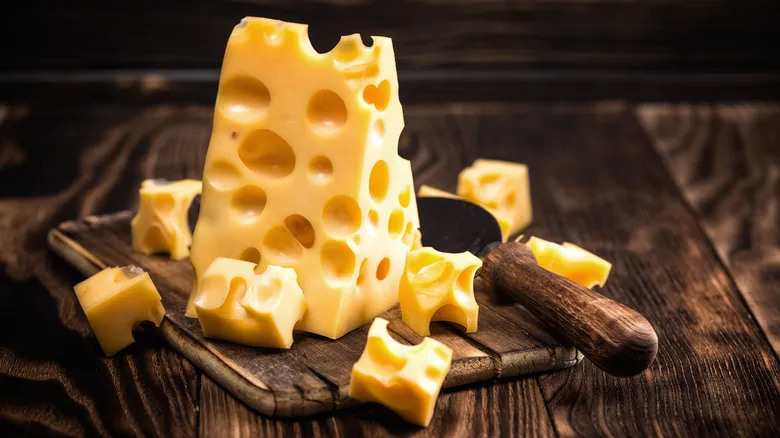Hay is the culprit
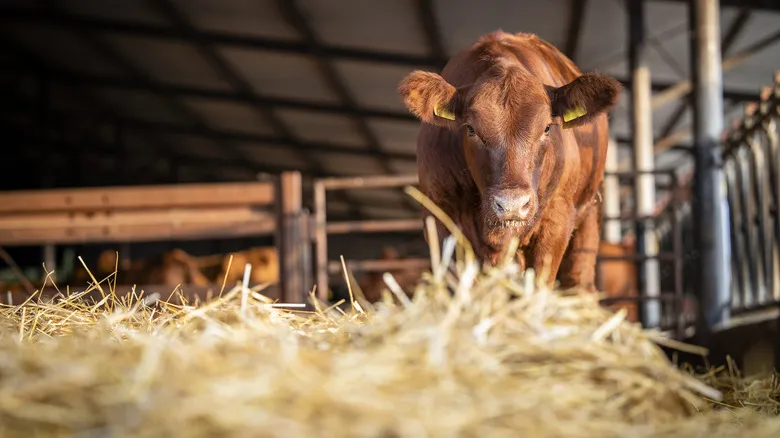
Decades later, the holes in Emmental cheese began to mysteriously vanish, leading scientists to investigate further. Among them was Walter Bisig from Agroscope, a government research facility in Switzerland, who shared with The New Yorker in 2015, "The farmers informed us, and we observed it in the cheese association grading reports: there were simply fewer holes." In his quest for an explanation, Bisig proposed that the reduction in holes was linked to an unexpected factor — hay, or more specifically, its scarcity.
Traditionally, Emmental cheese was produced from milk gathered by hand in barns, where significant amounts of hay particles would often end up in open milking buckets. This would allow bacteria to develop around the particles, leading to the production of carbon dioxide and, ultimately, the characteristic holes in Swiss cheese.
Bisig and his colleagues made this finding by varying the amounts of microscopic hay particles added to purified milk at the start of the cheese-making process and monitoring the results. The outcomes were definitive: a higher quantity of hay particles resulted in more holes. They also discovered that an increase in hay particles led to smaller holes, and conversely, fewer particles resulted in larger holes.
Keeping Swiss cheese holey
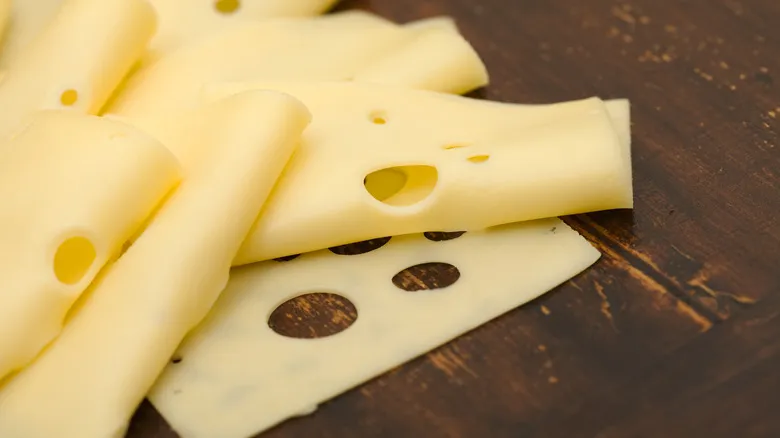
With the rise of modern cheese-making techniques and more efficient methods, hay particles have largely been eliminated from the process. Interestingly, the phenomenon of disappearing holes began around the same time that farmers started to adopt improved cheese-making practices in line with European Union regulations.
Today's Emmental still features holes, but some varieties of Swiss cheese do not. There is an ongoing debate about whether hay should be intentionally reintroduced into the milk used for Emmental production. However, other elements, such as grass and dirt, can still find their way into the milk in microscopic forms, aiding in the promotion of bacteria.
In the U.S., Swiss cheese is subjected to pasteurization, a process that eliminates bacteria, unlike Emmental in Switzerland, which is crafted from raw cow's milk. As a result, cheesemakers in the U.S. must reintroduce beneficial bacteria into the cheese mixture, utilizing cultivated bacteria to create the familiar yellow wedge adorned with holes that you know and love.
Recommended
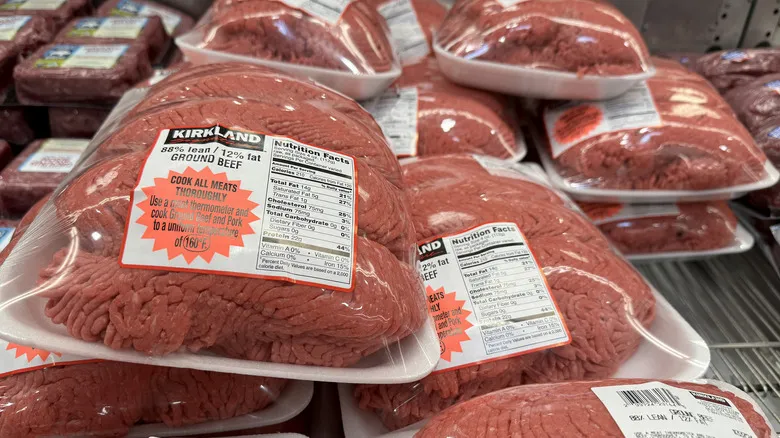
What's Up With The Nitrogen In Ground Beef Packages?
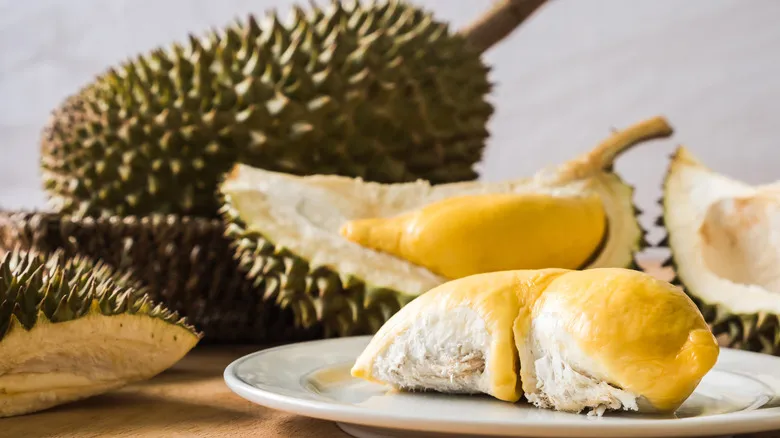
2 Ways You Can Taste The World's Smelliest Fruit At Costco
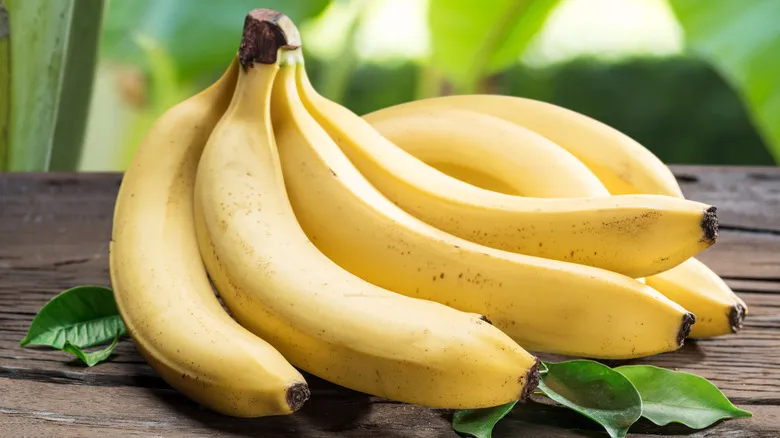
Your Great Grandma Wouldn't Recognize Today's Bananas
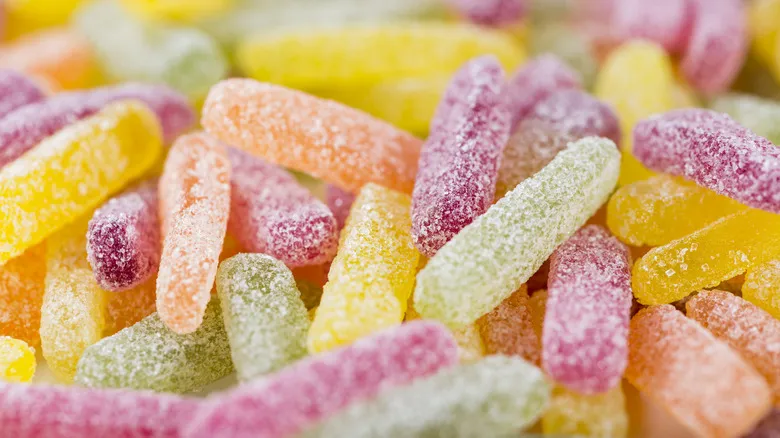
The World's Most Sour Candy Comes With A Serious Warning
Next up

